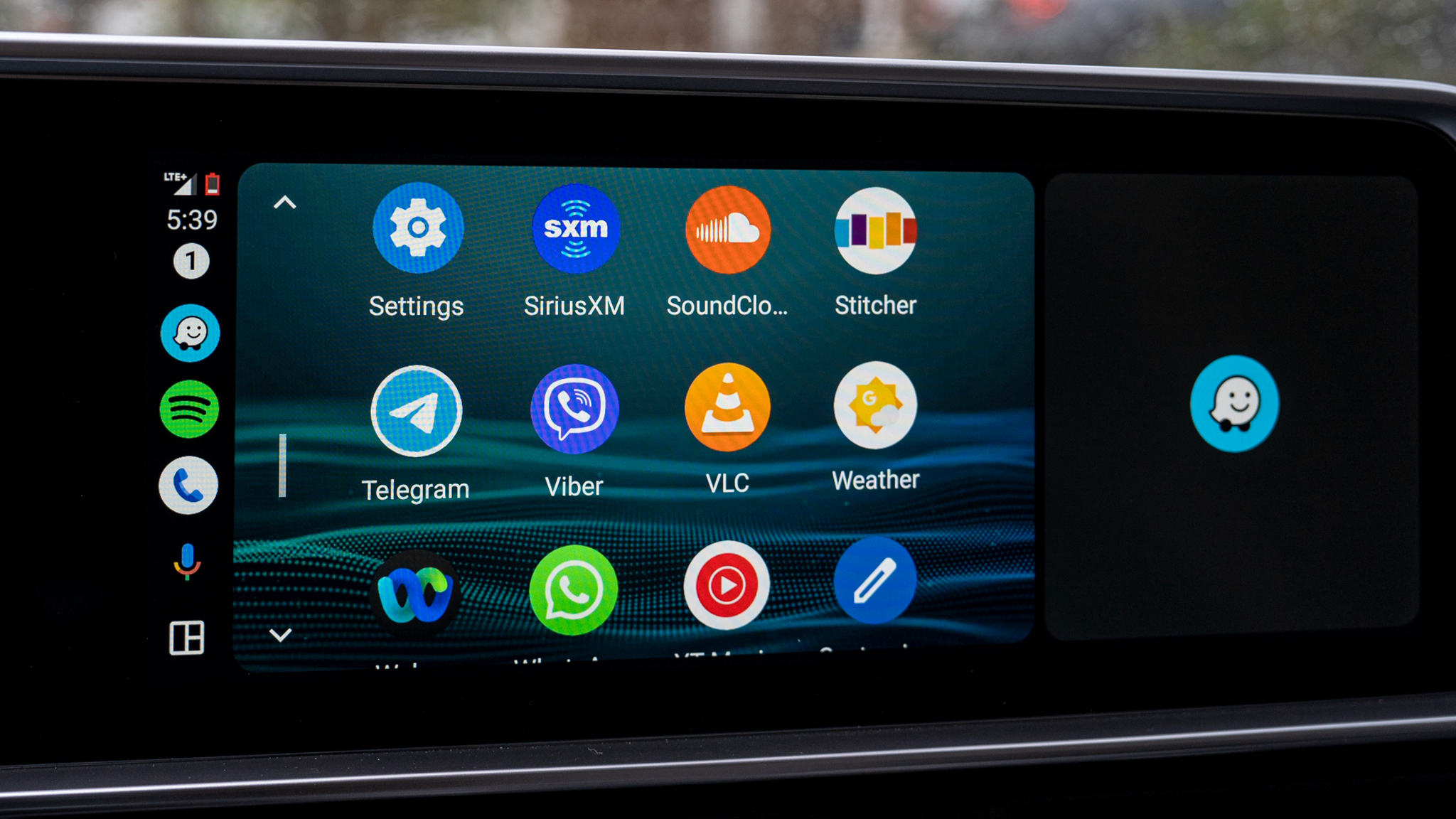
What you need to know
- Google is releasing new apps for cars with Android Auto and Google built-in, like Max, Peacock, and Angry Birds, to make your drive a little less dull.
- Google Cast is also now available on cars with Android Automotive OS so that you can throw video content from your devices right onto your car's screen.
- Google is also making it a breeze for developers to adapt apps for cars with new guidelines and tools to streamline the whole process.
Google just unveiled a bunch of new features and apps for cars equipped with Google built-in and Android Auto, including entertainment apps like Max, Peacock, and Angry Birds.
However, the news that Google Cast will be available in cars with the Android Automotive OS will probably generate a lot of buzz. This comes as software developers are eager to add more features and capabilities to cars.
Google Cast's arrival on Android Automotive means you'll be able to stream video content from your phone or tablet straight to your car's screen while parked, even if the app doesn’t support native casting. Initially, this feature will roll out in Rivian models, with more cars to follow, Google's announcement says.
Additionally, the Uber Driver app is now on Android Auto, letting drivers accept rides, navigate deliveries, and get all the directions they need on large infotainment screens.
Google also makes it easier for developers to bring existing apps to cars. The company will provide guidelines for creating streamlined in-car experiences and new tools to simplify the process.
As part of this effort, Google is launching a program called "Car ready mobile apps." Basically, the tech giant will check out an existing mobile app to see if it's already car-friendly. If it passes, Google will automatically add it to Android Auto—no extra work for developers.
The program will initially include apps for video, gaming, and browsing while parked, with plans to add more categories later.
Over the past few years, Google has focused on enhancing your in-car entertainment options for times when you're parked or stuck in traffic. At its I/O conference last year, the company revealed plans to bring streaming video and virtual meeting tools to car infotainment screens. Google also announced that Volvo and Polestar would be the first to offer YouTube on their in-car systems, with more automakers following suit later.
In its blog post, Google highlights the growing opportunity to provide safe and seamless connected experiences for drivers and passengers as car technology advances. With this in mind, Google is set to offer more entertainment options for when we're stuck in our cars.
However, as infotainment systems grow flashier and more complex, distraction continues to be a significant issue for modern drivers.







